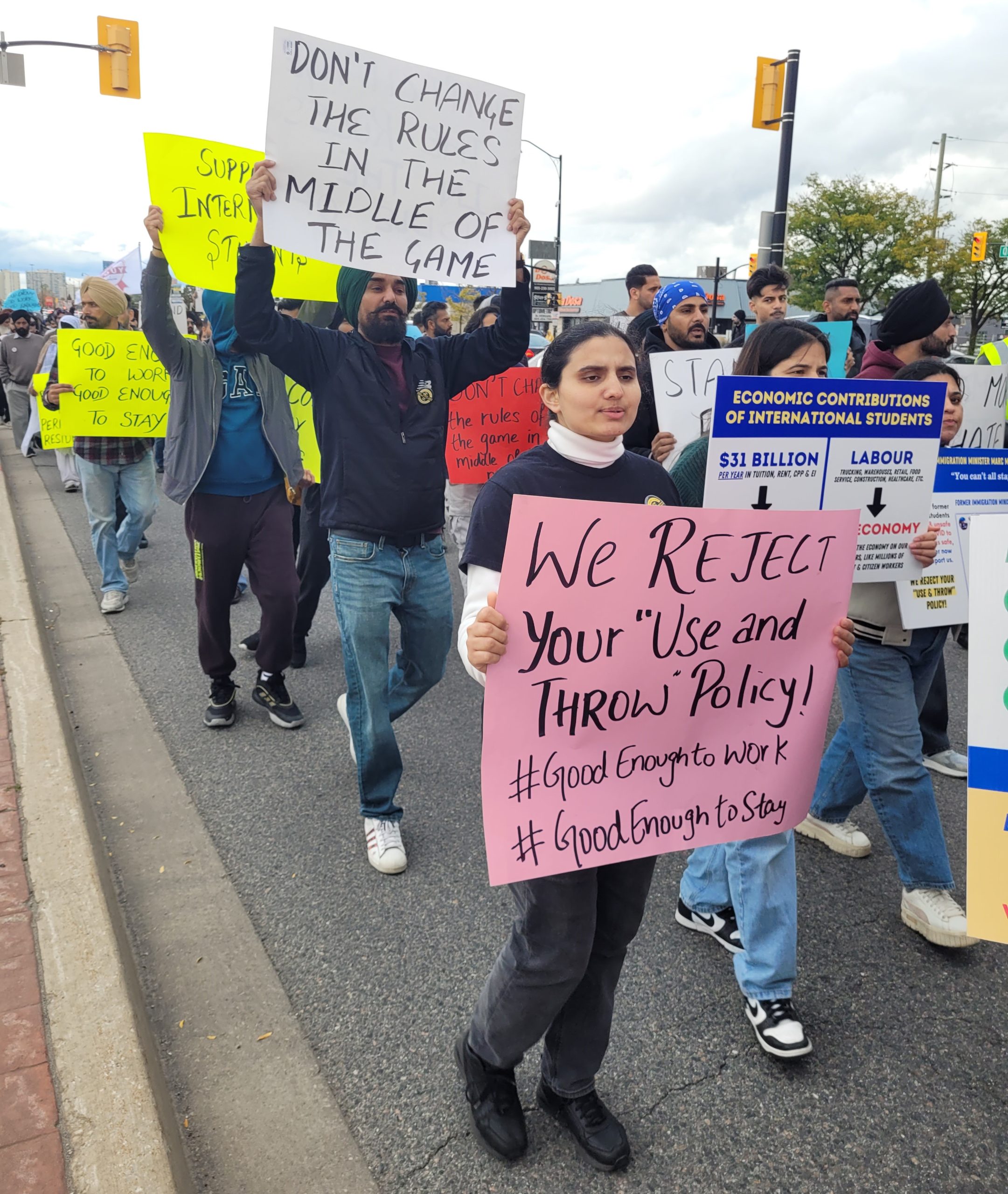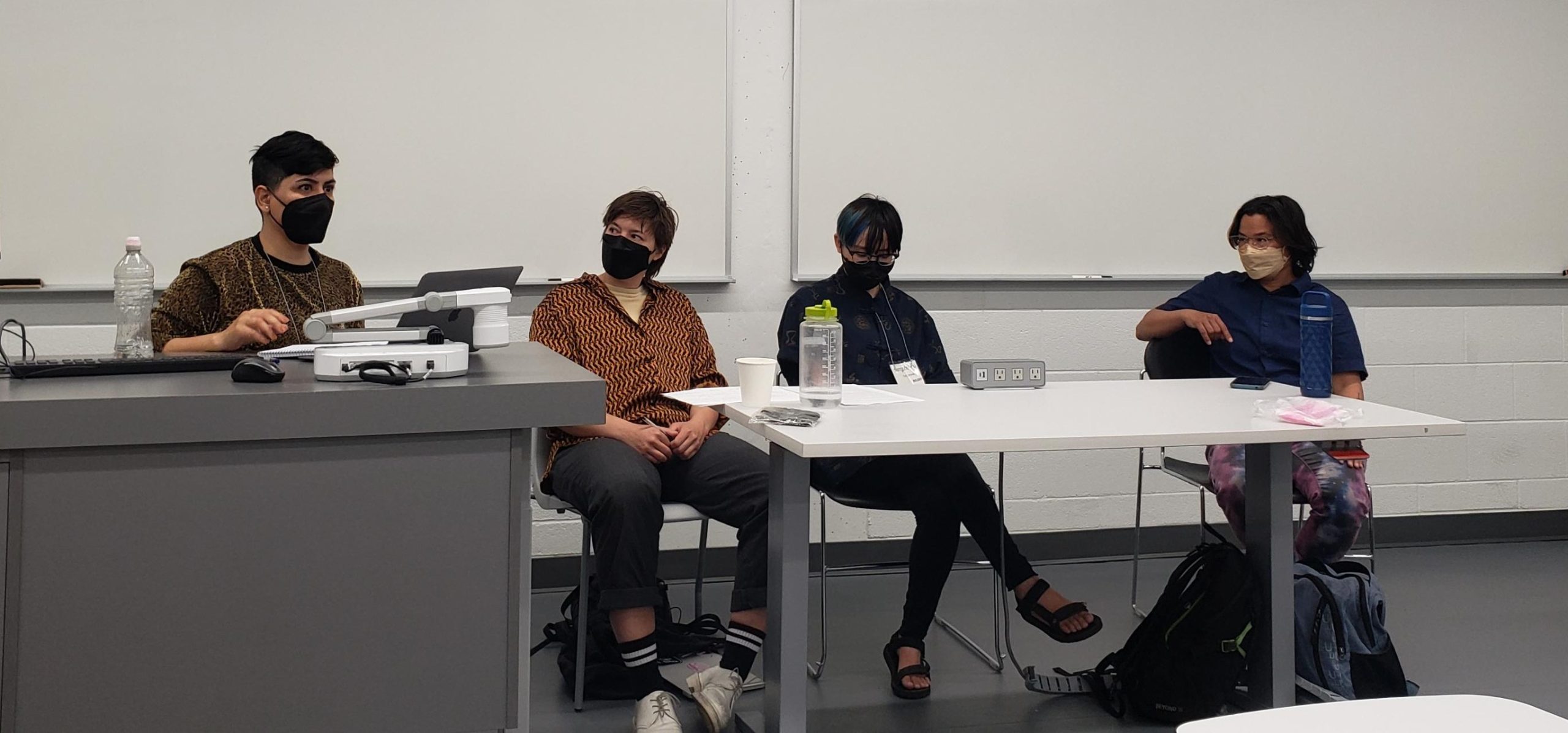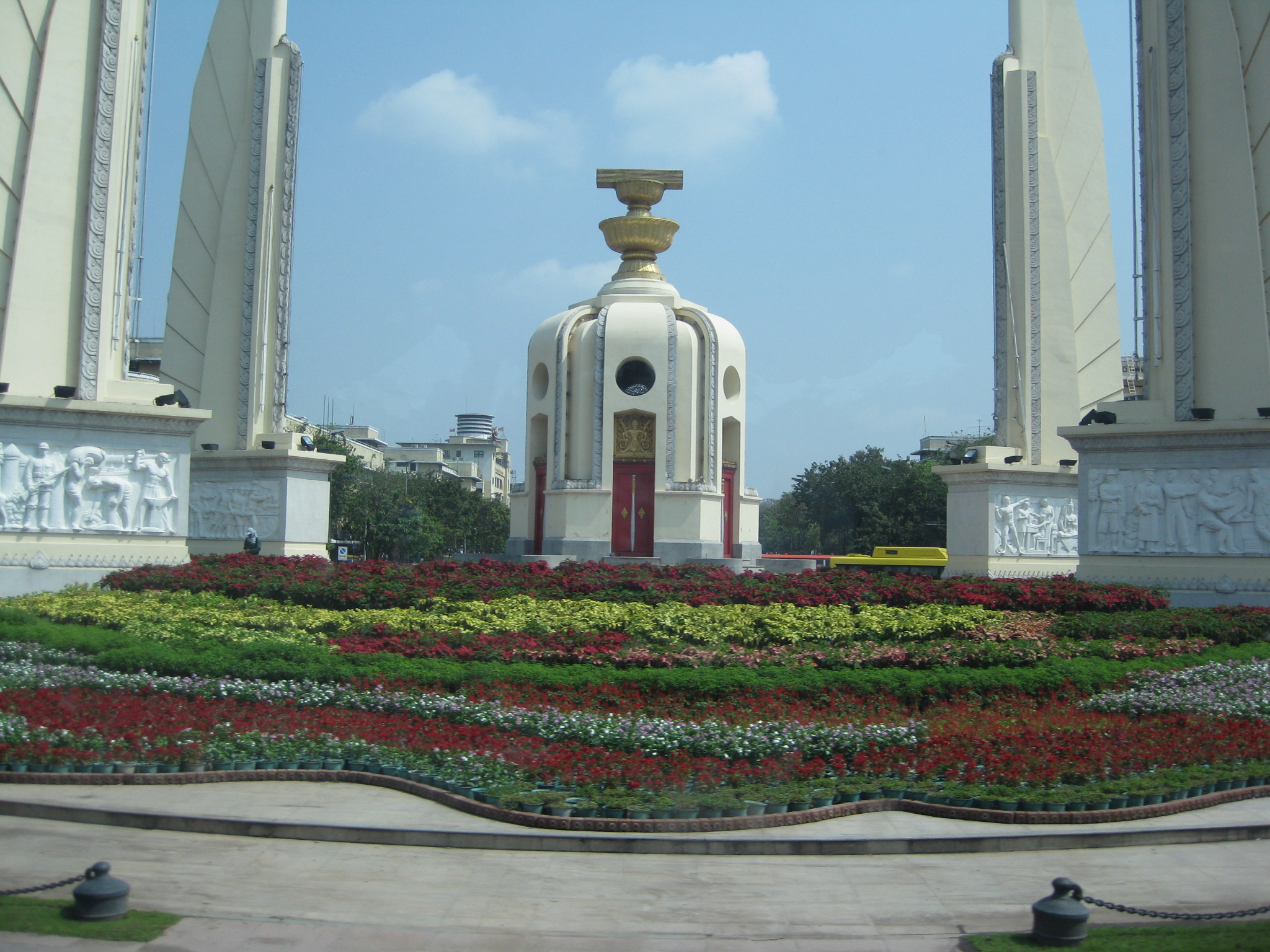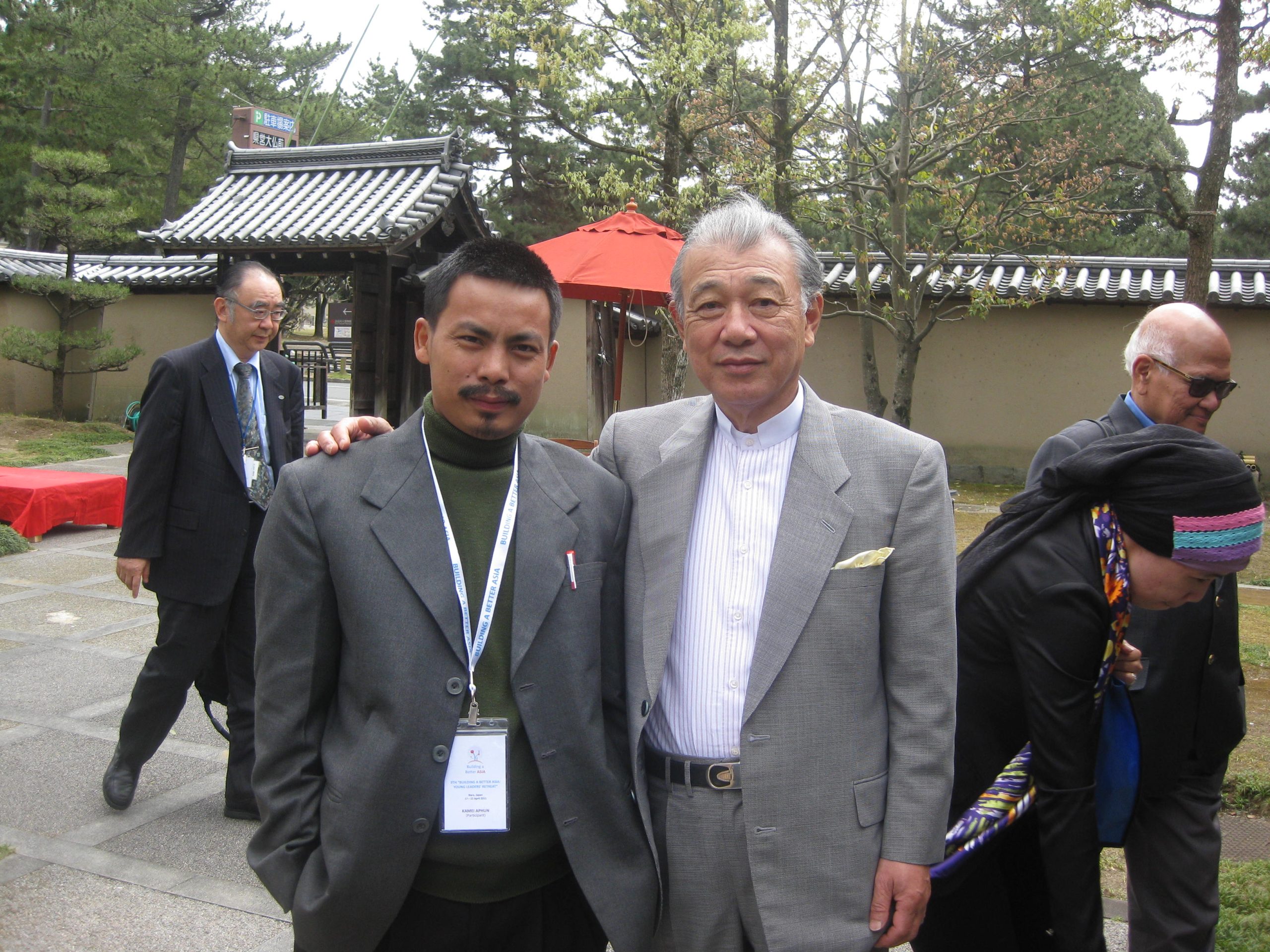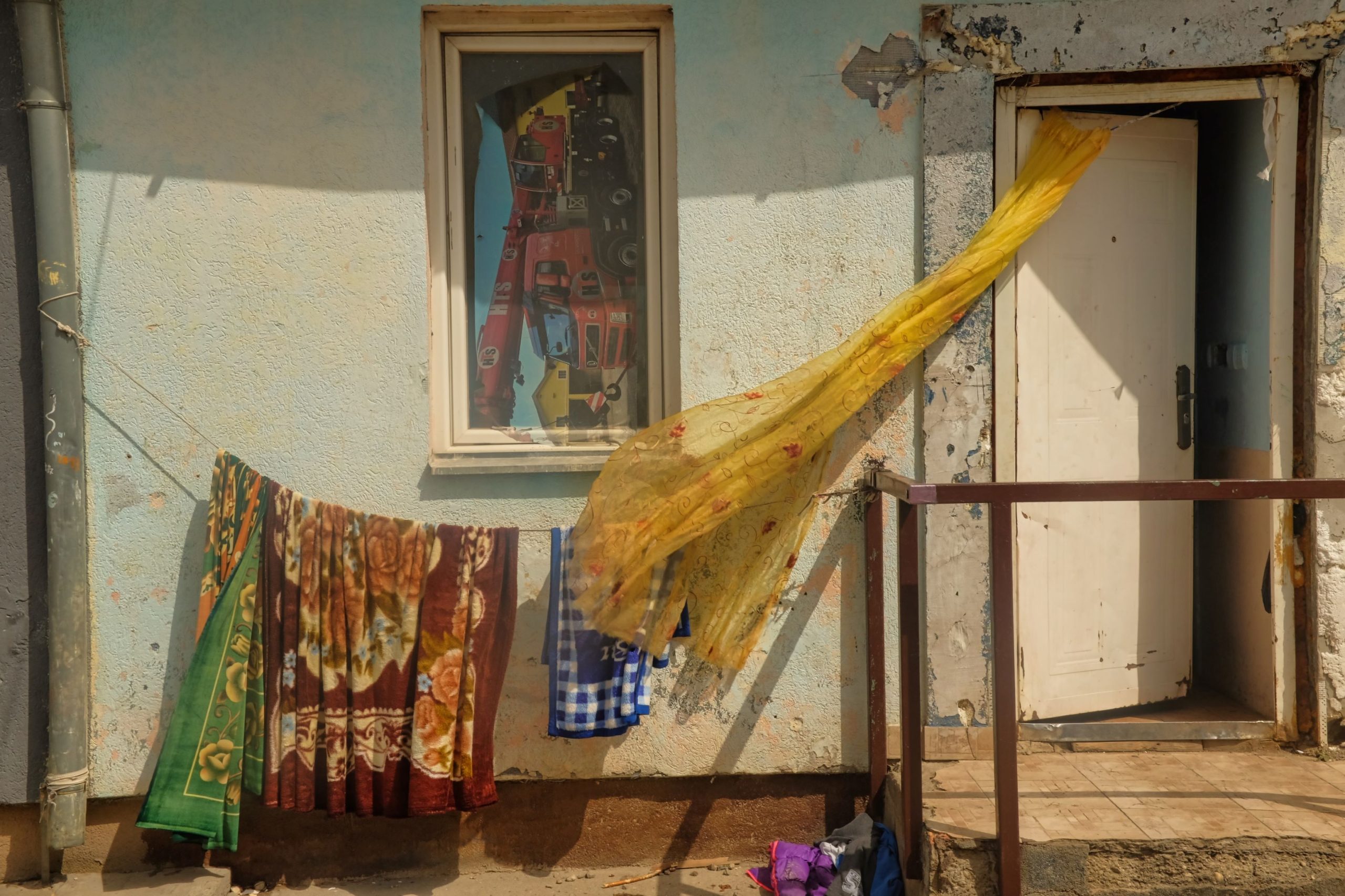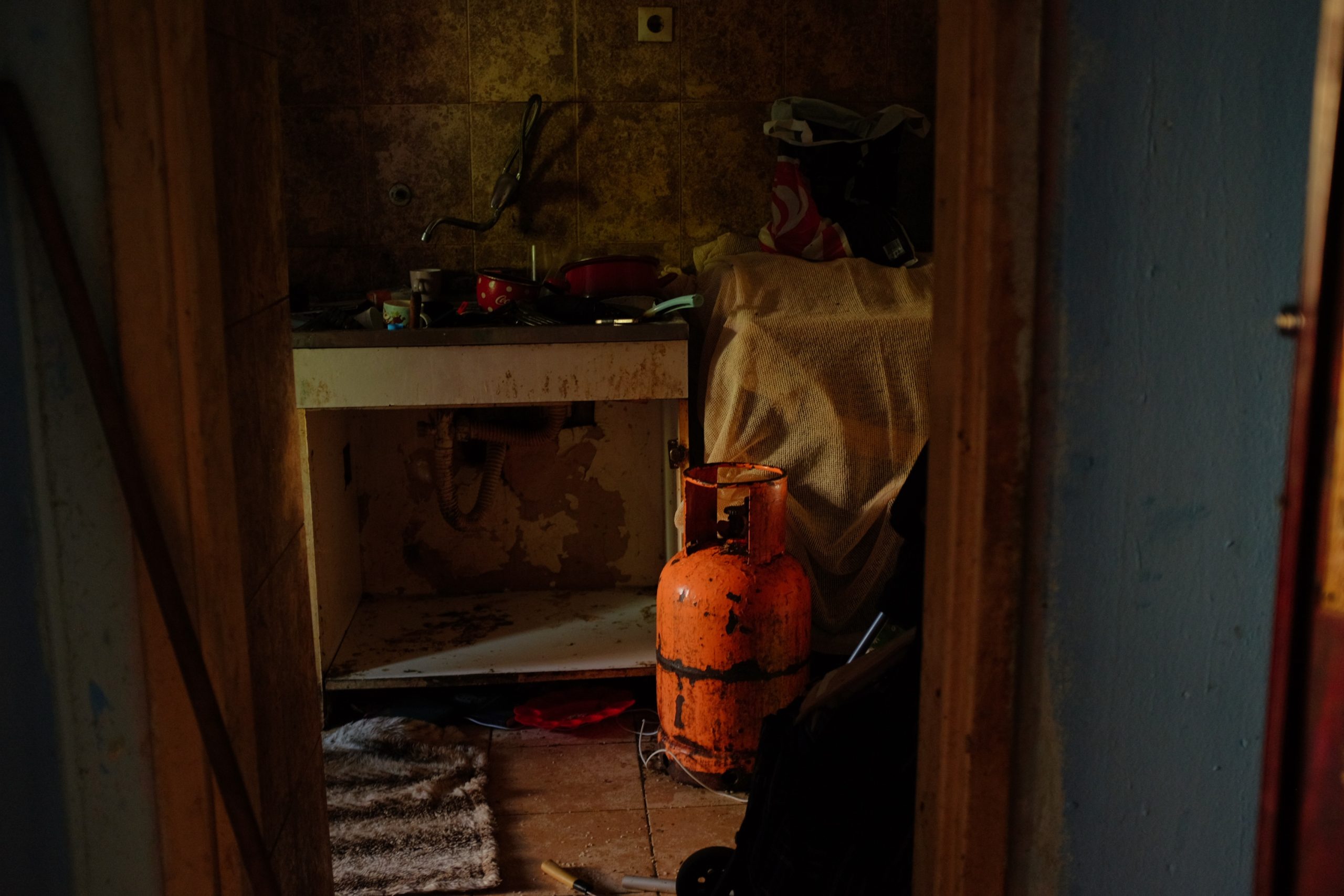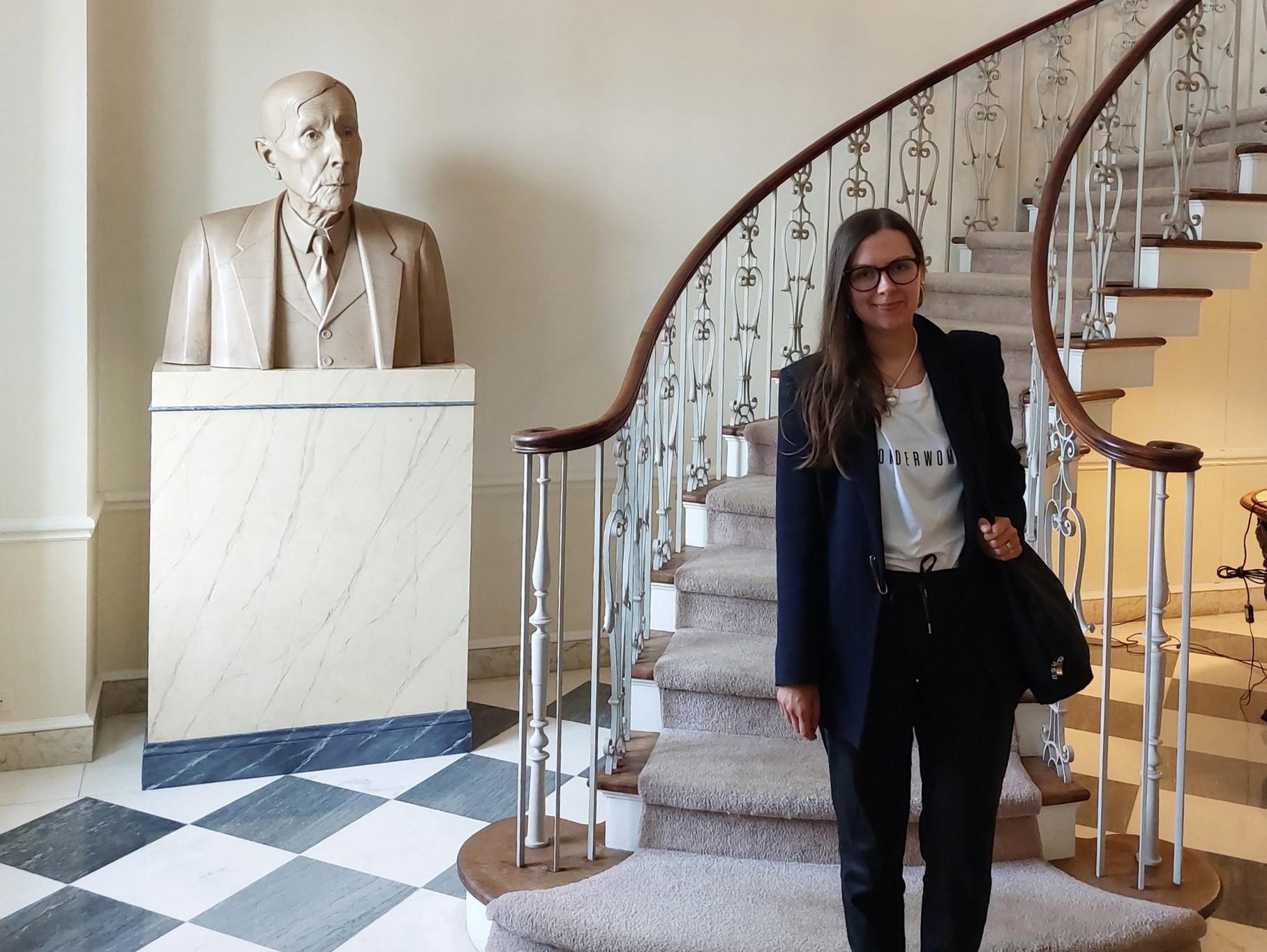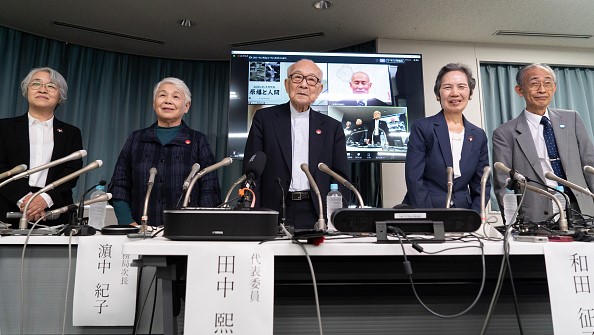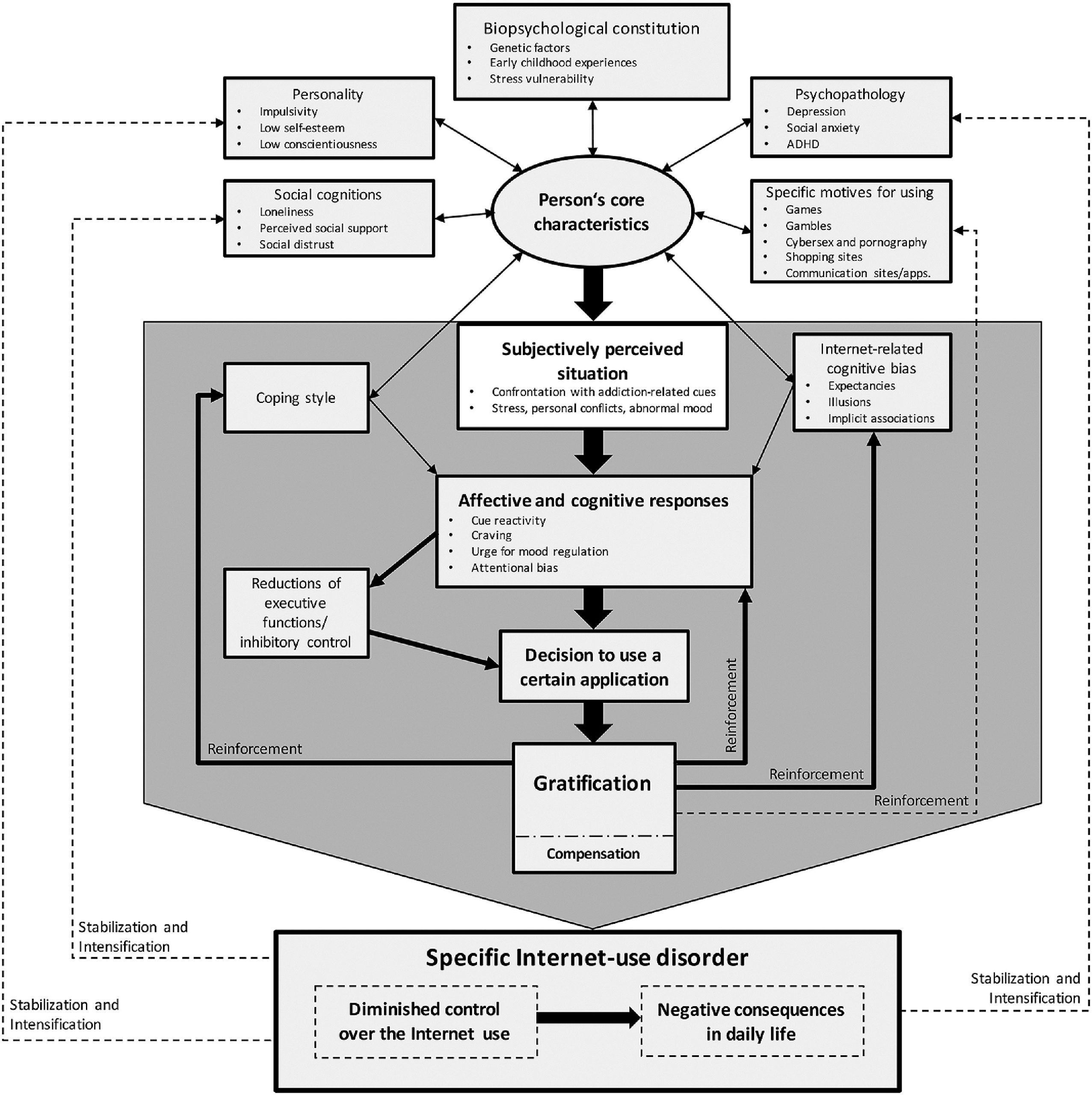Thessaloniki, a historical city with deep Hellenistic and Roman roots, offers a unique lens into ancient Macedonian society. Georgios Athanasiadis (National and Kapodistrian University of Athens, 2019) used an SRG award to conduct an extensive prosopographical analysis of the city’s inhabitants by studying the inscriptions held by various archaeological museums.
* * *
Thessaloniki is a Greek city in central Macedonia founded in 316–15 BC by Kassandros, one of the diadochi (generals) of Alexander the Great. In the Hellenistic period, it was an important center of the Antigonid kingdom, and later, in Roman times, it was selected as the capital of the province of Macedonia and became a free city (civitas libera) (Haensch 1997).
The epigraphic harvest of the city yields around 1,600 inscriptions mentioning more than 3,000 persons. The aim of my doctoral research is to create a prosopography of the city and a thorough study of its society, focusing on the period from its foundation until its selection by Galerius as his seat of government in AD 299. The prosopographical catalogue will provide a full list of Thessalonicans, with each entry being accompanied by a bibliography and a short commentary on the person’s life based on the primary sources.
Evidence for each person, including name category, legal status, occupation, and relationships, is being recorded on a specifically designed online database and will be used in the second part of my thesis to describe the structure of and the changes in the local society of the period under examination.
Need for an Updated Prosopography
The selection of this topic was made for two main reasons. The first was my interest in the history and epigraphy of Macedonia, a peripheral area of the ancient Greek world that has been more systematically studied in the last three decades. The city of Thessaloniki, in particular, is of special importance as a new royal city of the Hellenistic period, evolving after the Roman conquest into a major center of the Roman province of Macedonia. The status of the city as capital, its port, and the Roman-built Via Egnatia road connecting the Adriatic to the Aegean contributed to its multiethnic population, consisting of citizens of other Macedonian cities, people from the Greek East, Romans, Jews, and Christians (Allamani-Souri 2003; Adam-Veleni 2011). These features made the local society an interesting case study worth investigating.
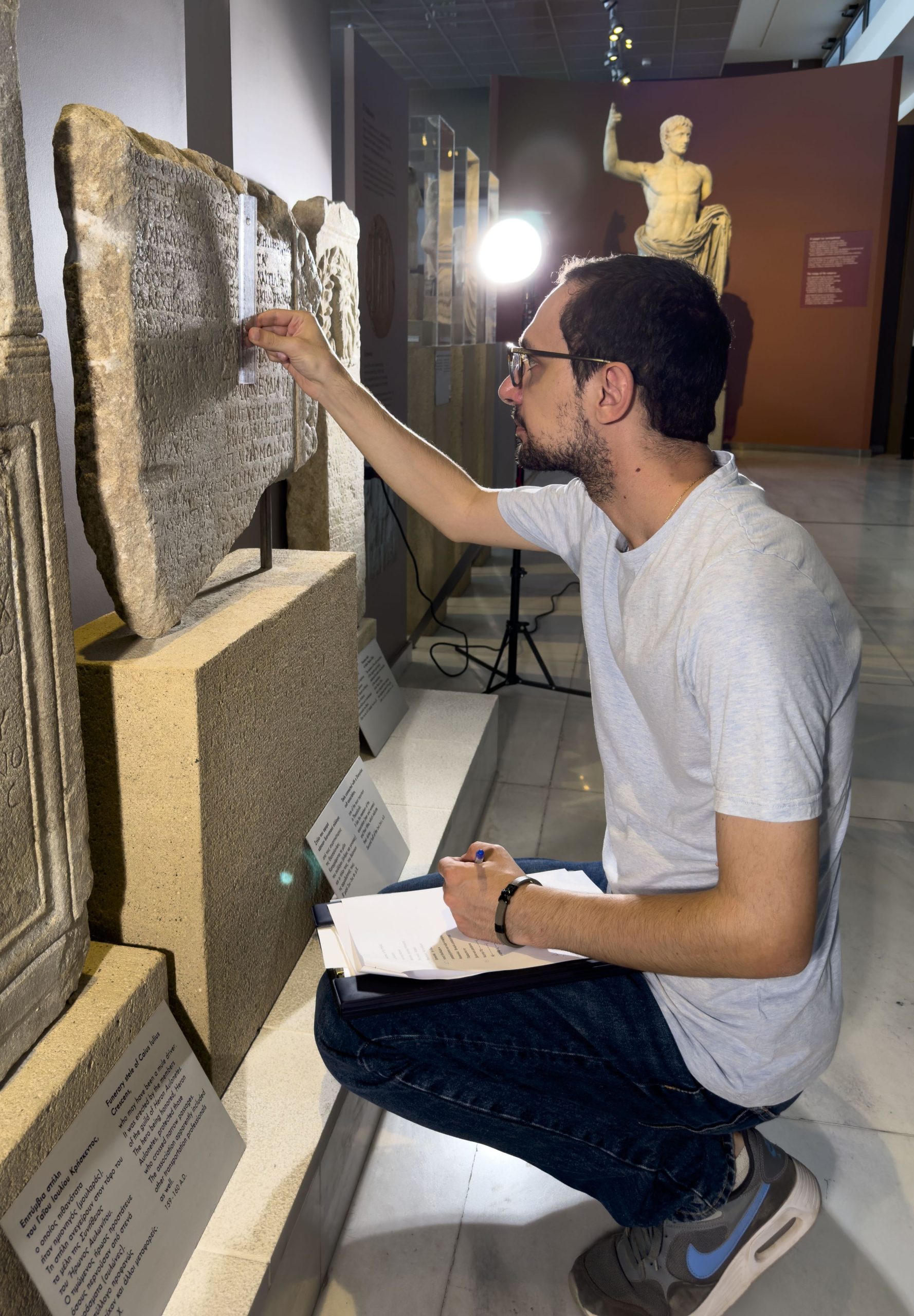
Autopsy of an inscription at the Archaeological Museum of Thessaloniki (study of the text and the letter form).
The second reason for my interest was that a prosopography of Thessaloniki is missing, and scholars can only draw on an out-of-date Macedonian prosopography that was published in 1955 and supplemented in 1967. Recent excavations have significantly increased the number of inscriptions from Thessaloniki, though, and the publication of a supplement to the initial corpus makes a study like mine not only possible but also necessary. Works by other scholars have enriched our knowledge of various aspects of ancient Thessaloniki, such as its private associations (Nigdelis 2006, 2010) and elite families (Nigdelis 1996; Bartels 2008). However, a systematic study of the local society is a desideratum in scholarship (Zoumbaki 2009, 809–10), since several questions remain unanswered, and some issues require reexamination.
In the first two years of my research, I gathered relevant source materials and have almost completed the compilation of the prosopographical catalogue. This entailed studying 1,000 inscriptions from Thessaloniki and other areas where Thessalonicans are known to have lived (such as Thebes, Delos, Samothrace, and Smyrna). Most of these inscriptions have already been published, mainly in the two corpora dedicated to Thessaloniki (Edson 1972; Nigdelis 2017), but I have also studied a small number of unpublished inscriptions that are mentioned without transcription in archaeological reports. Apart from inscriptions, literary sources and papyri were also used, both as testimonies for Thessalonicans and as sources for the history of the city in the Hellenistic and Roman periods.
In the case of inscriptions, the transcriptions of all names were checked through photos and squeezes (in the archives of the Institute of Historical Research/NHRF) or autopsies of the monuments. The SRG award was crucial for this purpose, since it financed five epigraphic missions to Thessaloniki, Beroia, Thebes, and Chalcis, during which I studied inscriptions kept in the archaeological museum of each city. I also had the opportunity to study documents in the Historical Archive of the Archaeological Museum of Thessaloniki, which offered valuable information on the discovery and the provenance of many inscribed monuments.
Shedding New Light on Thessalonican Society
My research has so far yielded several interesting findings that have shed light on the society of Roman Thessaloniki, some of which I have presented in postgraduate conferences and articles. The reexamination of the inscriptions and the autopsies have led to new readings of names, which were either misread by or not visible to former researchers. Some inscriptions have also been redated based on epigraphic (e.g., letter form) and archaeological or prosopographical (e.g., identification of the same person or relatives in different inscriptions) evidence.
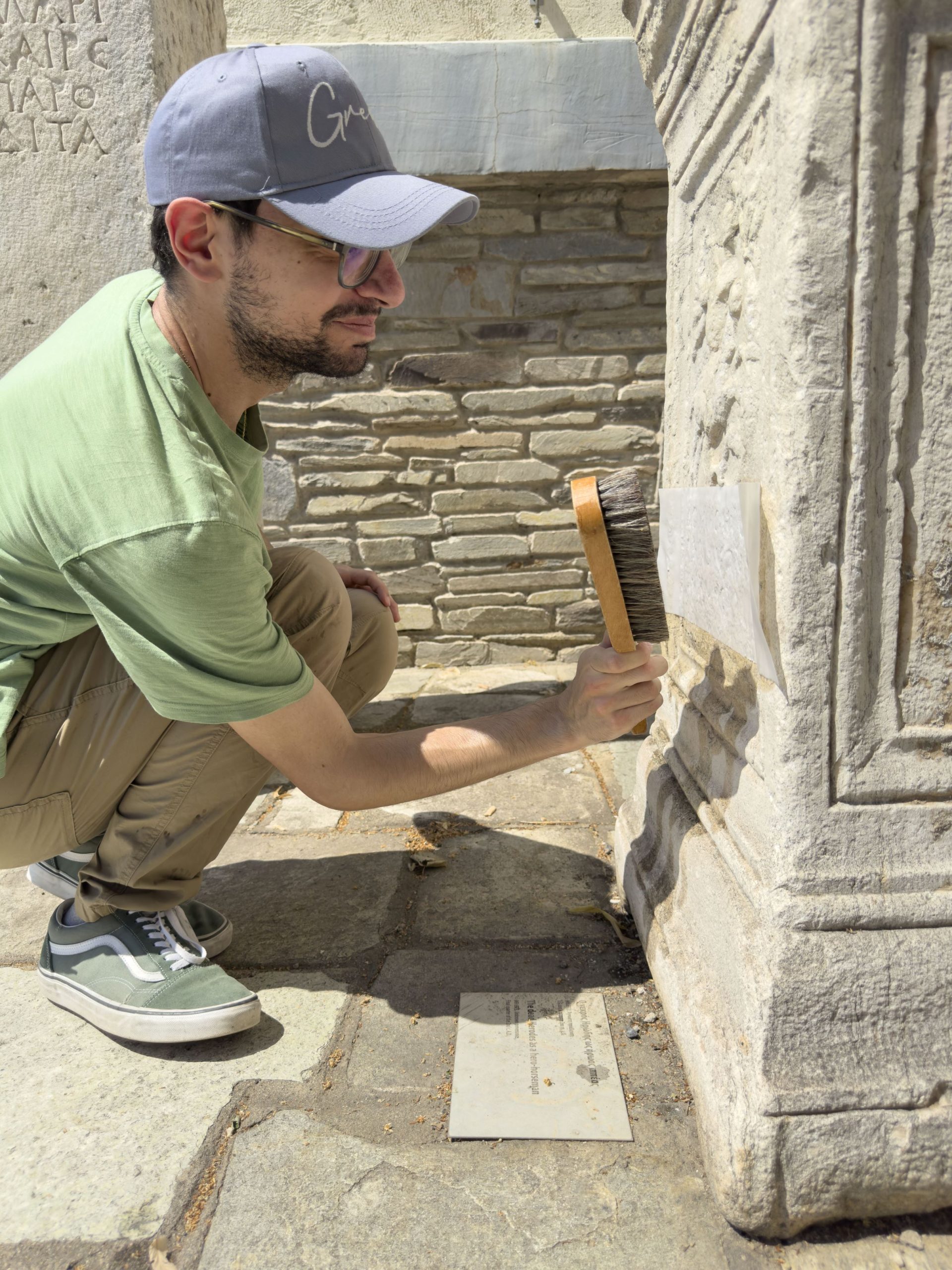
Making a squeeze of an inscription at the Archaeological Museum of Thessaloniki.
In addition to this, the reconsideration of former identifications has shown that some of them have been inaccurate. For example, a prominent benefactress from Thessaloniki had been identified with a poetess attested in Thespies mainly because they bore the same—rather popular—name. A reappraisal of the available evidence has shown, however, that the two women lived two centuries apart. The identification proposed must thus be abandoned.
Finally, similar observations have required the reconstruction of the stemma (genealogy) of some Thessalonican families so that the correct relationships are depicted. In the next two years, following the completion of the prosopographical catalogue, I plan to analyze and interpret the data, using statistical methods where appropriate, to determine patterns and describe features of Thessalonican society. It is hoped that my thesis will cover a gap in the literature on ancient Thessaloniki and will serve as a reference work for scholars studying the history of the city and ancient Macedonia in general.
I would like to extend my thanks to the Ephorates of Antiquities and especially the Archaeological Museum of Thessaloniki for the permission to study inscriptions from their collections as well as their assistance throughout my research.
References
Adam-Veleni, P. 2011. “Thessalonike.” In R. J. Lane Fox (ed.) Brill’s Companion to Ancient Macedon: Studies in the Archaeology and History of Macedon, 650 BC–300 AD, 545–62. Brill.
Allamani-Souri, V. 2003. “Ιστορικό διάγραμμα της αυτοκρατορικής Θεσσαλονίκης από επιγραφικές και αρχαιολογικές μαρτυρίες.” In Δ. Β. Γραμμένος (ed.) Ρωμαϊκή Θεσσαλονίκη, 80–91. Αρχαιολογικό Μουσείο Θεσσαλονίκης.
Bartels, J. 2008. Städtische Eliten im römischen Makedonien. De Gruyter.
Edson, C. 1972. Inscriptiones Graecae, X. Inscriptiones Epiri, Macedoniae, Thraciae, Scythiae. Pars II: Inscriptiones Macedoniae. Fasc. 1: Inscriptiones Thessalonicae et viciniae. De Gruyter.
Haensch, R. 1997. Capita provinciarum: Statthaltersitze und Provinzialverwaltung in der römischen Kaiserzeit. Zabern.
Kanatsoulis, D. 1955. Μακεδονική προσωπογραφία (από του 148 π. χ. μέχρι των χρόνων του Μ. Κωνσταντίνου) (Ελληνικά, Παράρτημα 8). Εταιρεία Μακεδονικών Σπουδών.
Kanatsoulis, D. 1967. Μακεδονική προσωπογραφία (από του 148 π. χ. μέχρι των χρόνων του Μ. Κωνσταντίνου) Συμπλήρωμα. Εταιρεία Μακεδονικών Σπουδών.
Nigdelis, P. 1996. “Geminii und Claudii: Die Geschichte zweier führender Familien von Thessaloniki in der späteren Kaiserzeit. ” In A. D. Rizakis (ed.) Roman Onomastics in the Greek East: Social and Political Aspects. Proceedings of the International Colloquium organized by the Finnish Institute and the Centre for Greek and Roman Antiquity, Athens 7–9 September 1993, 129–41. Κέντρον Ελληνικής και Ρωμαϊκής Αρχαιότητος/Εθνικόν Ίδρυμα Ερευνών.
Nigdelis, P. M. 2006. Επιγραφικά Θεσσαλονίκεια. Συμβολή στην Πολιτική και Κοινωνική Ιστορία της Αρχαίας Θεσσαλονίκης 1. University Studio Press.
Nigdelis, P. M. 2010. “Voluntary Associations in Roman Thessalonike: In Search of Identity and Support in a Cosmopolitan Society.” In L. Nasrallah, C. Bakirtzis, and S. J. Friesen (eds.) From Roman to Early Christian Thessalonike: Studies in Religion and Archaeology, 13–47. Harvard University Press.
Nigdelis, P. M. 2017. Inscriptiones Graecae, X. Inscriptiones Epiri, Macedoniae, Thraciae, Scythiae. Pars II: Inscriptiones Macedoniae. Fasc. 1: Inscriptiones Thessalonicae et viciniae. Supplementum primum: Tituli inter a. MCMLX et MMXV reperti. De Gruyter.
Zoumbaki, S. 2009. Review of Π. Μ. Νίγδελης, ’Επιγϱαφιϰά Θεσσαλονίϰεια. Συμβολὴ στὴν πολιτιϰὴ ϰαι ϰοινωνιϰὴ ιστοϱία τῆς ὰϱχαίας Θεσσαλονίϰης. Latomus 68(3), 808–10.







